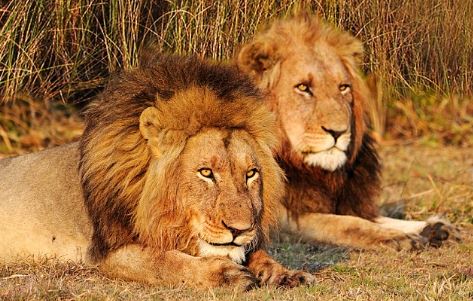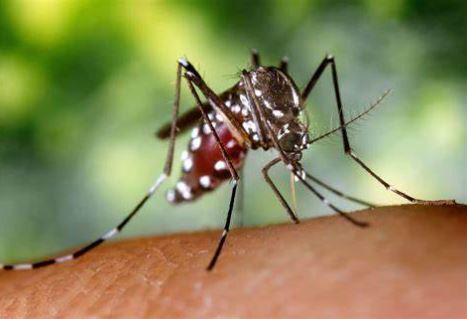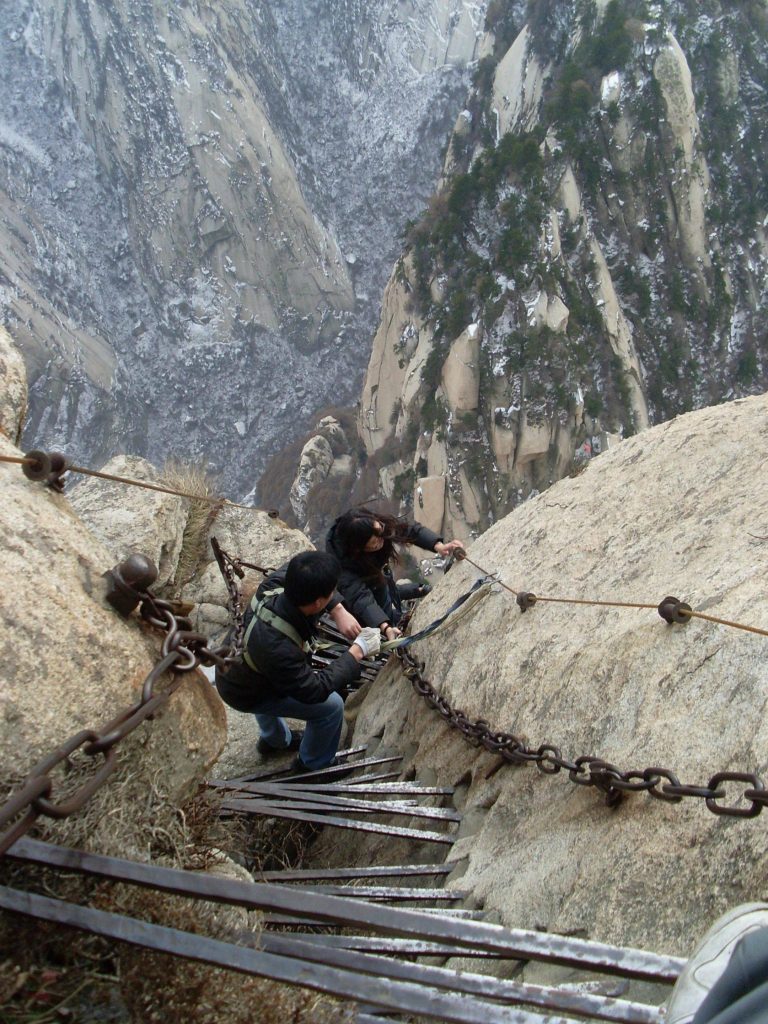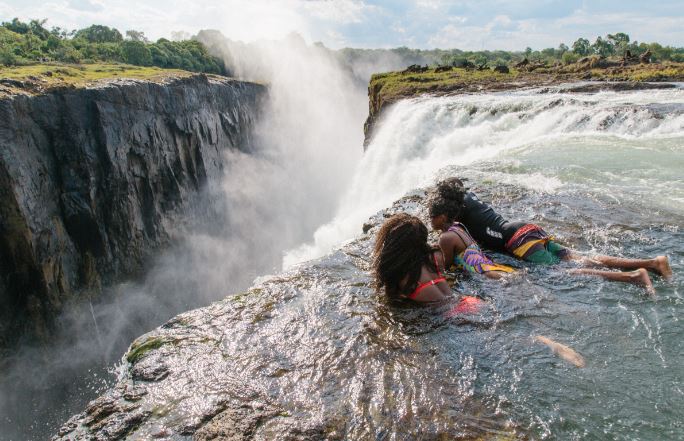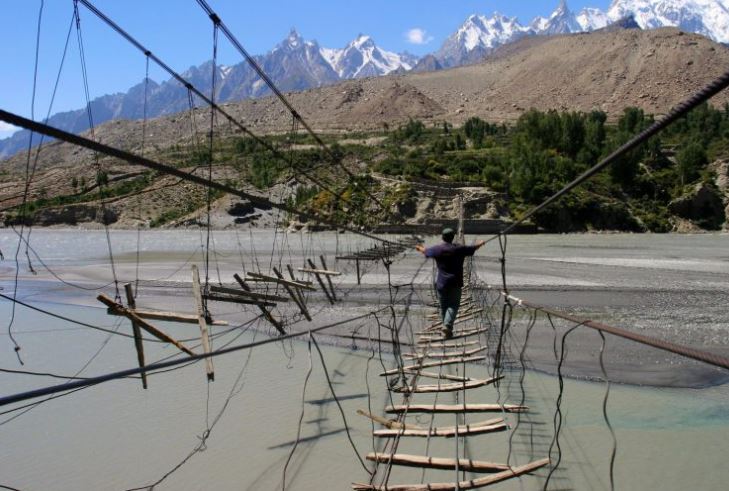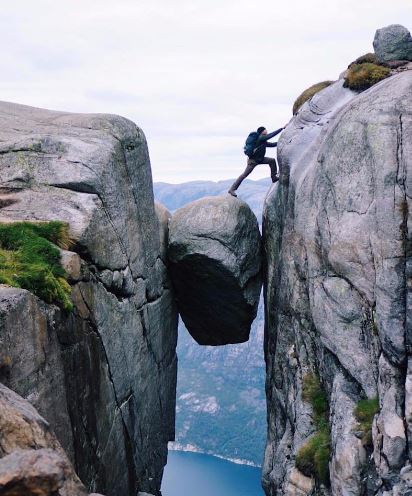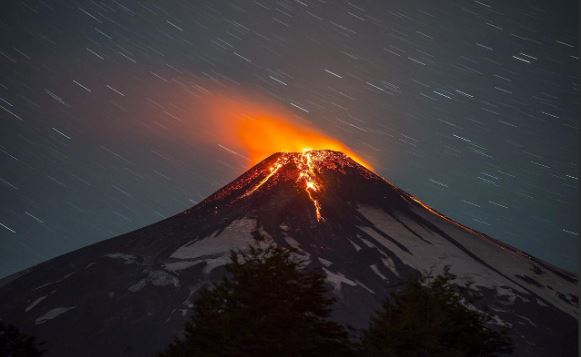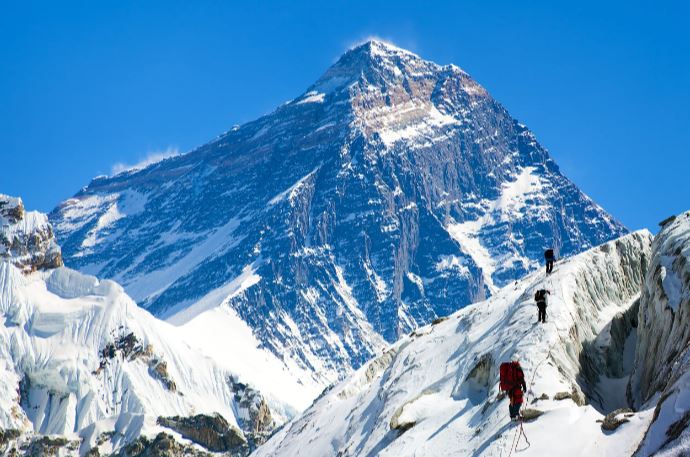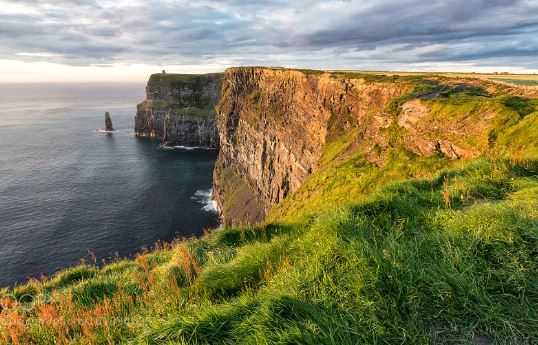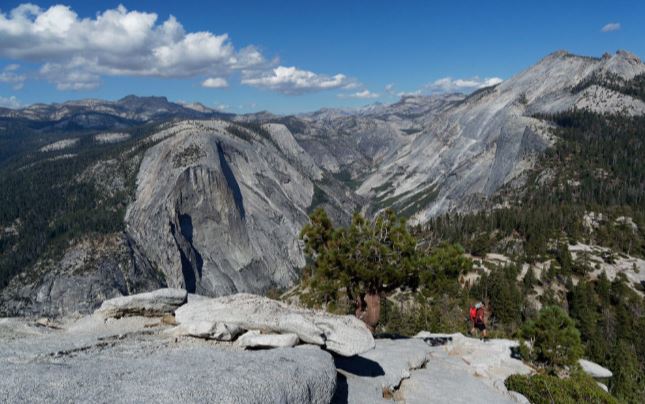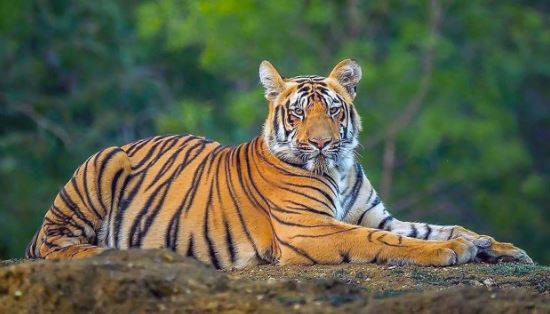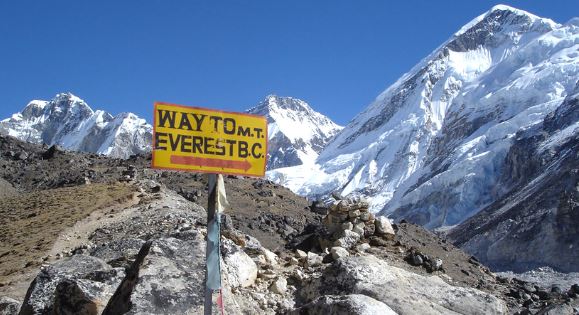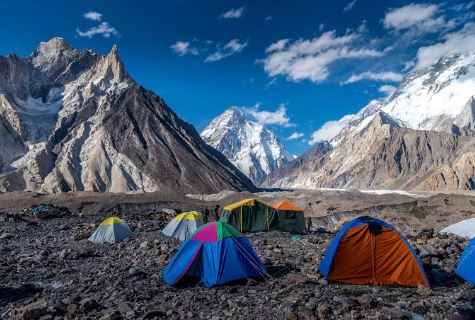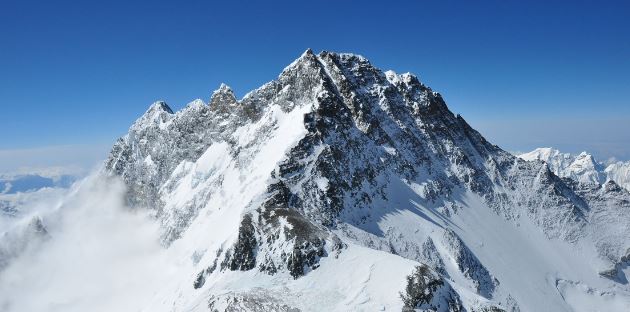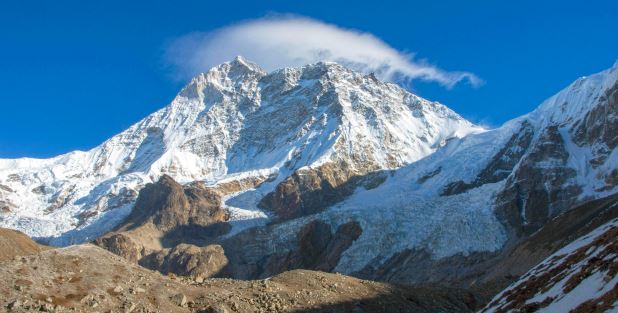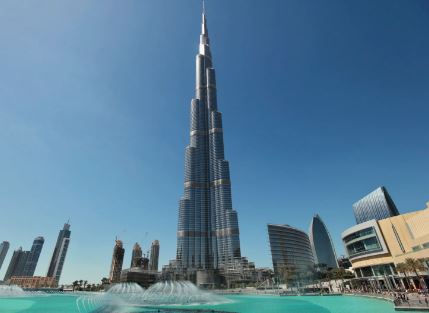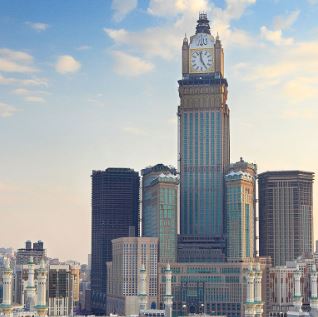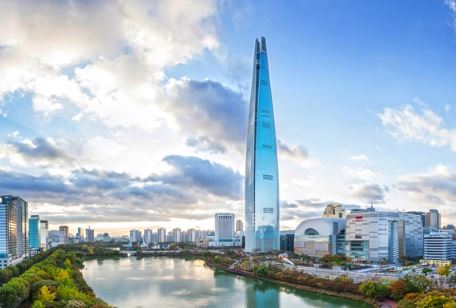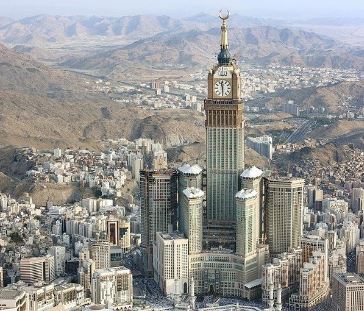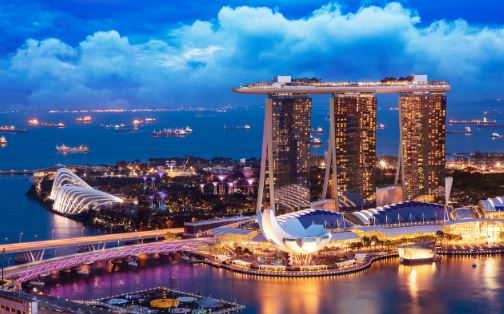1. Tanzania: 14500
Tanzania is one of the best places to find lions, with over 14,500 of these magnificent animals calling it home. Tanzania is also well-known for its breathtaking wildlife. From the vast Selous Game Reserve to the famous Serengeti plains, lions are found thriving in Tanzania’s several environments. The country’s efforts to manage animals and create protected areas demonstrate its dedication to conservation, which has helped to keep the lion population healthy. The nation’s environment depends heavily on these recognizable large cats, which stand for the nation’s dedication to preserving biodiversity. The sight of these majestic creatures, roaming freely in their native habitats and emulating the untamed beauty that makes Tanzania a top destination for safari aficionados, often enthralls visitors to the country.

2. South Africa: 3284
With an estimated 3,284 lions, South Africa is home to a healthy lion population. These magnificent big cats can be found in a variety of places, such as conservation areas, private reserves, and national parks. In South Africa, lions are an important component of the rich biodiversity of the country and help to maintain ecological equilibrium. Famous places like Kruger National Park are home to sizable lion populations, providing visitors with rare chances to see these animals in their native environment. The protection of South Africa’s lion population ensures their survival for future generations through conservation efforts and ethical tourist activities. The fact that lions and local communities cohabit shows how dedicated South Africa is to protecting its natural heritage and promoting sustainable methods that benefit both people and animals.
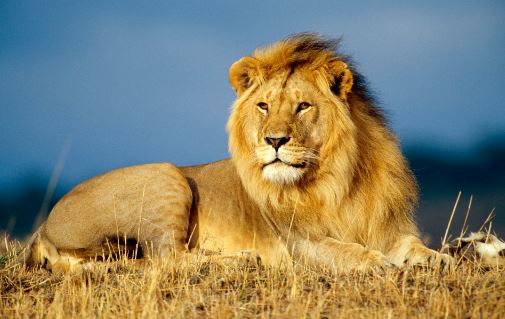
3. Botswana: 3063
In Botswana, the majestic lion population stands at approximately 3,063, making it a key stronghold for these iconic big cats. Lions thrive in various habitats across the country, from the lush Okavango Delta to the vast expanses of the Kalahari Desert. Botswana’s commitment to wildlife conservation is evident in its well-managed national parks and protected areas, providing a secure environment for lions to roam freely. The coexistence of local communities and lions underscores the importance of sustainable conservation practices. Visitors to Botswana are treated to unparalleled opportunities for lion sightings, contributing to the nation’s status as a premier safari destination. This harmonious balance between nature and conservation showcases Botswana’s dedication to preserving its natural heritage.
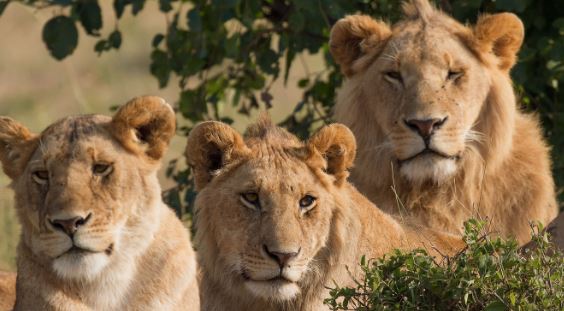
4. Kenya: 2515
Kenya, a country known for its varied topography, is home to over 2,515 lions, which enhances the country’s appeal as a major safari destination. These magnificent big cats captivate tourists with their wild beauty as they roam freely in well-known places like the Maasai Mara and Amboseli National Park. Lions are an important part of Kenya’s ecology and represent the nation’s dedication to preserving its biodiversity. Lions and local communities coexist because to conservation measures and community-based efforts. Kenya’s thriving lion population is proof that anti-poaching efforts and habitat preservation are working to keep these majestic animals around for a long time. Kenya is a popular option for travelers looking to have a genuine African safari experience while also helping to preserve the country’s natural heritage due to its wildlife-rich reserves and dynamic cultural heritage.

5. Zambia: 2349
The lion population in Zambia, a wildlife enthusiast’s paradise, is estimated to be 2,349 strong. From the broad grasslands of Liuwa Plain National Park to the woodlands of South Luangwa National Park, these majestic big cats flourish in a variety of environments. Zambia’s protected regions offer safe havens for lions to wander around, demonstrating the country’s dedication to conservation. The main goal of conservation efforts is to involve the community and promote harmony between the locals and lions. Lions in their natural habitat provide an amazing sight for visitors to Zambia’s well-known national parks. Zambia’s commitment to sustainable tourism and wildlife preservation guarantees the prosperity of its lion population, which adds to the country’s appeal as a top safari destination.
